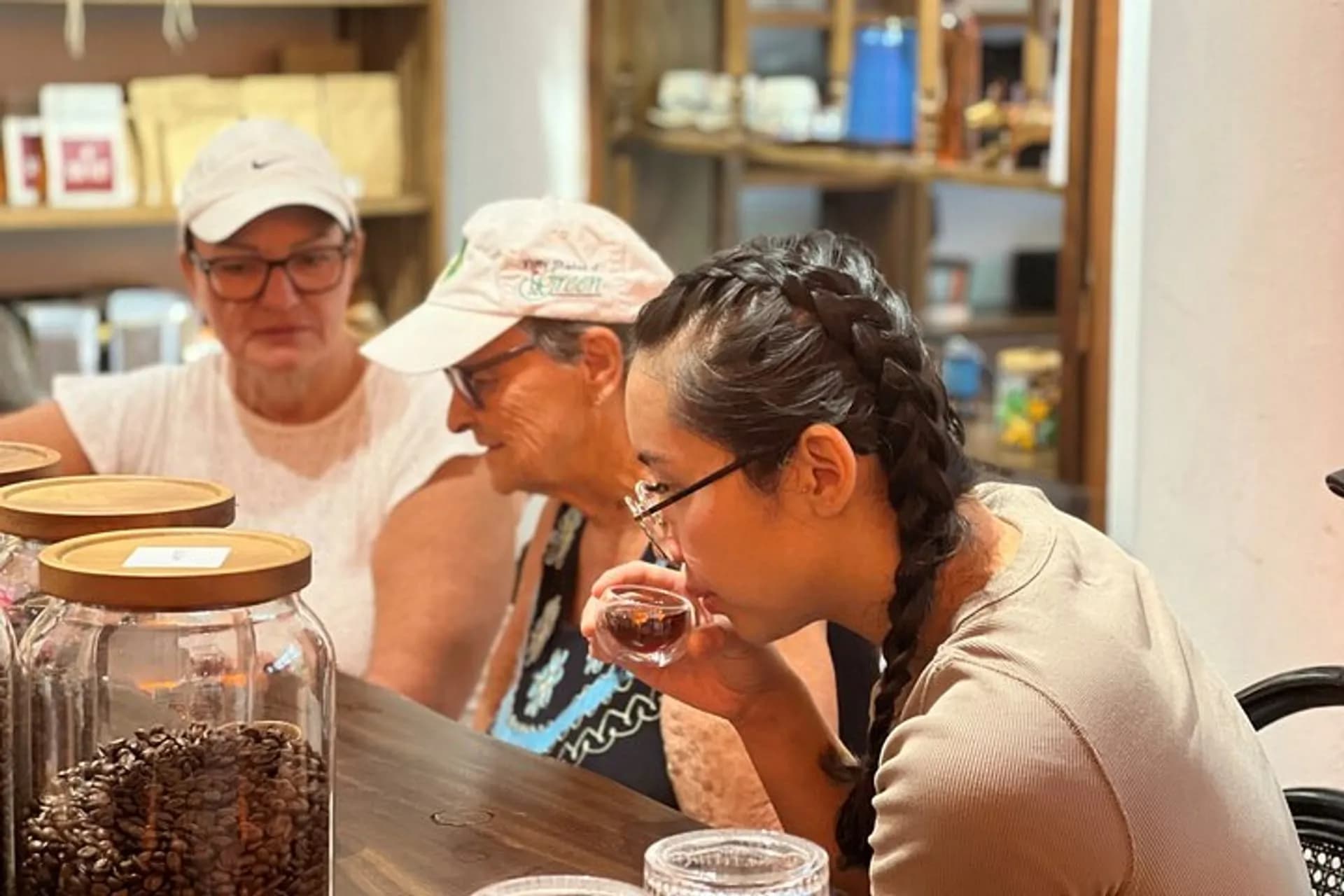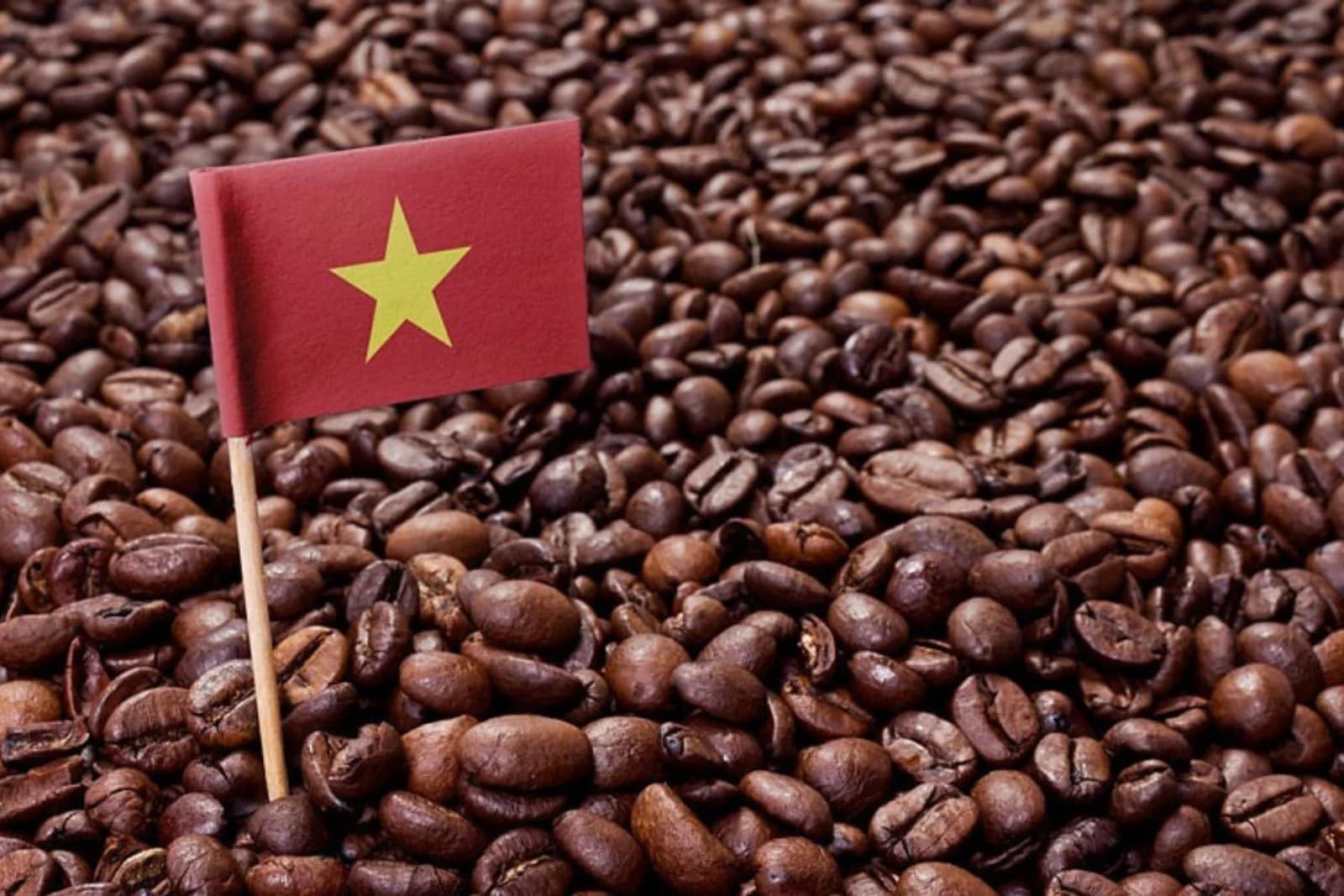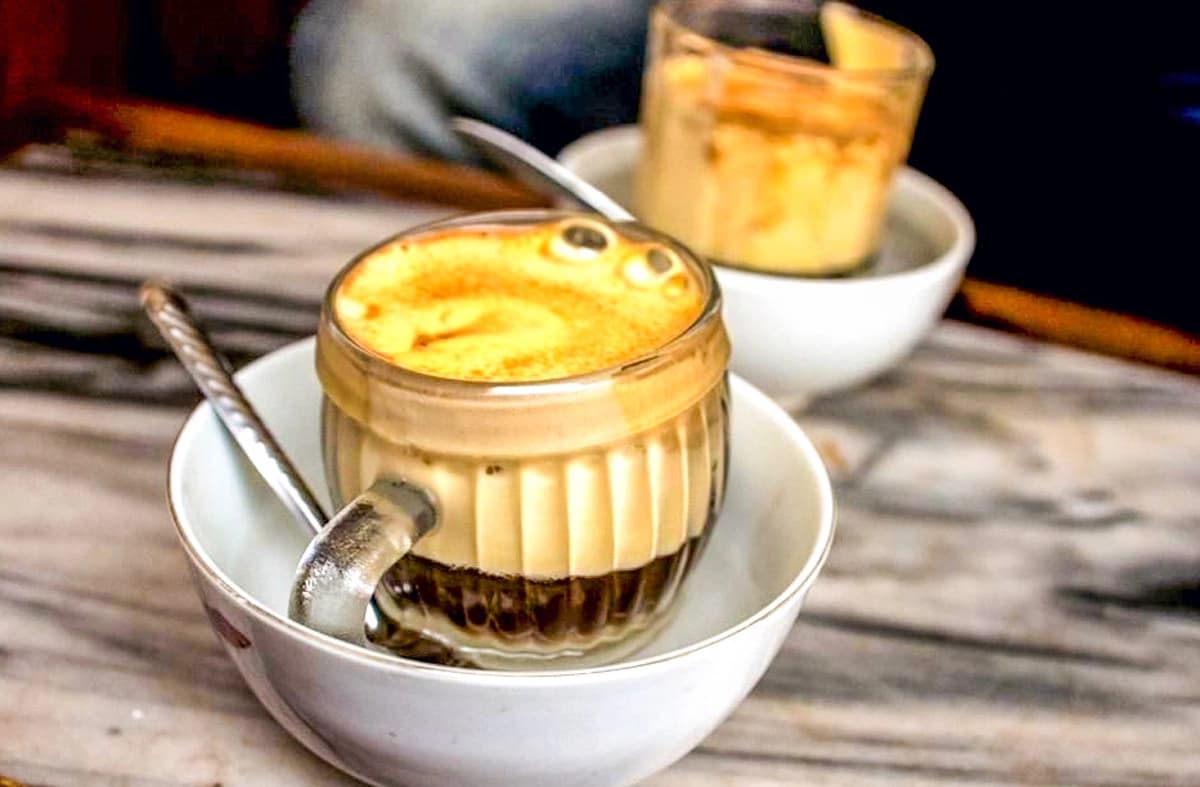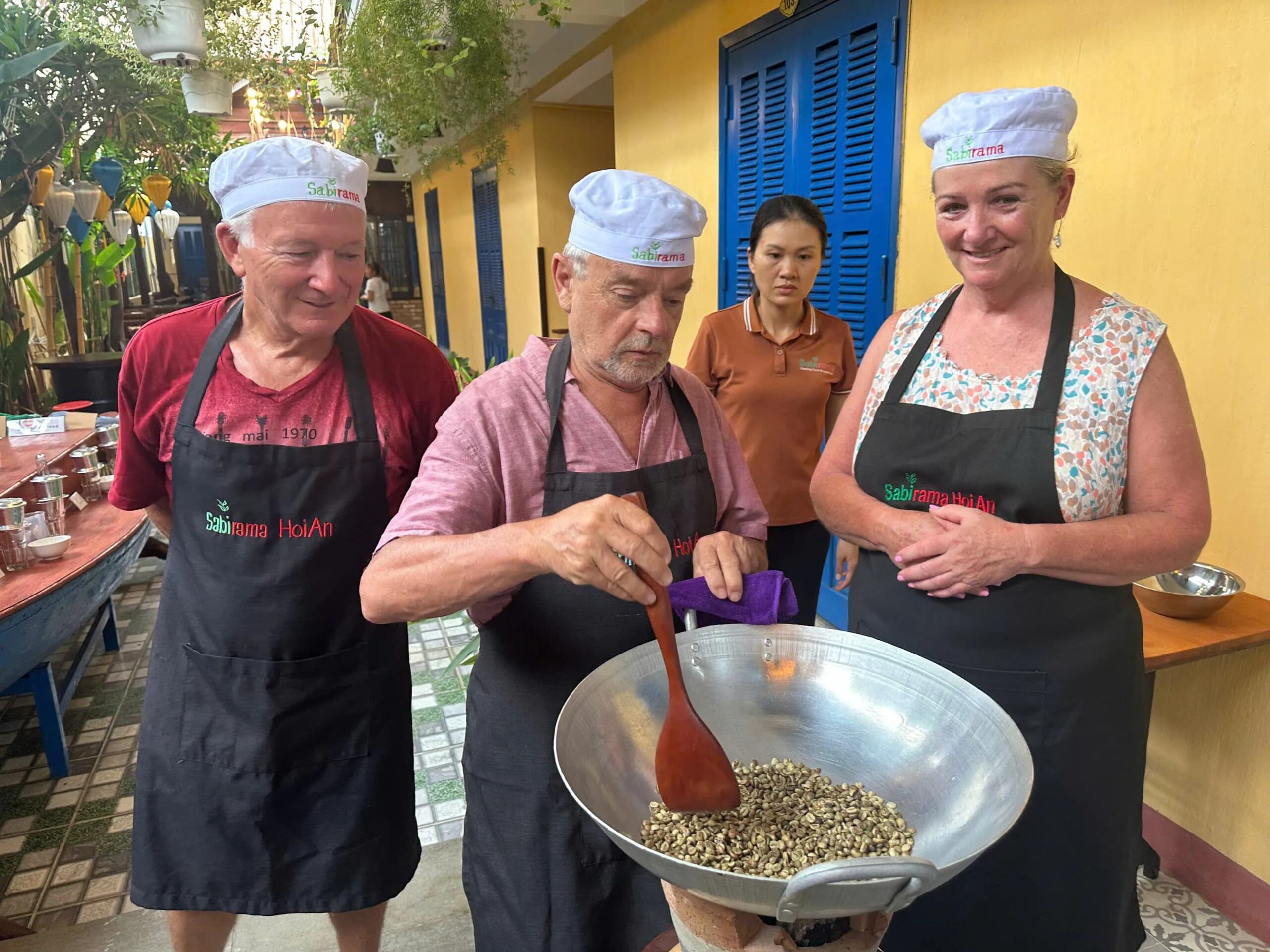When it comes to coffee culture, few countries in the world can rival Vietnam. Known as the second-largest coffee producer globally, Vietnam is not just about quantity but also about a deep-rooted coffee tradition that has become an essential part of daily life. The Vietnamese coffee experience is unlike any other—rich, bold, and full of cultural nuances that captivate travelers and coffee enthusiasts alike.
In this article, we will take you on a journey to explore what makes Vietnamese coffee unique, its history, the different brewing styles, and why enjoying a cup in Vietnam is more than just drinking coffee—it is embracing a lifestyle.

Vietnamese Coffee Experience: A Journey Through Flavor, Culture, and Tradition
The History of Vietnamese Coffee
Coffee was first introduced to Vietnam by French colonists in the 19th century. Initially grown in the northern regions, it soon spread to the Central Highlands, where the soil and climate conditions proved ideal for robusta beans. Unlike many countries where arabica dominates, Vietnam has become synonymous with robusta, known for its strong, bold flavor and higher caffeine content.
Over time, Vietnamese people adapted coffee into their own culture. They created unique brewing methods and incorporated local ingredients such as condensed milk, coconut, and even egg yolk. This creativity laid the foundation for what we now call the Vietnamese coffee experience, blending tradition with innovation.

The History of Vietnamese Coffee
The Role of Coffee in Vietnamese Daily Life
In Vietnam, coffee is not just a morning ritual—it is an essential social activity. Cafés are everywhere, from bustling street corners in Hanoi to quiet riverside shops in Hội An. People gather to sip coffee, chat about business, discuss life, or simply watch the world go by.
Unlike the fast-paced “grab-and-go” coffee culture of the West, Vietnamese coffee is slow and intentional. It is common to see groups of friends spending hours in a café, savoring each drop while engaging in deep conversations. For locals, coffee is about connection as much as caffeine.
Brewing Methods that Define the Vietnamese Coffee Experience
One of the highlights of coffee in Vietnam is the variety of brewing methods. Each style tells a story and offers a different taste adventure.
Phin Drip Coffee (Cà Phê Phin)
This is the most traditional way of enjoying Vietnamese coffee. Using a small metal filter called a phin, hot water slowly drips through the ground coffee, creating a concentrated brew. The process may take several minutes, but the result is a bold, aromatic drink that perfectly represents Vietnamese patience and artistry.

Brewing Methods that Define the Vietnamese Coffee Experience
Cà Phê Sữa Đá (Vietnamese Iced Coffee with Milk)
Perhaps the most famous version worldwide, this coffee is made by combining phin-brewed coffee with sweetened condensed milk and pouring it over ice. The contrast between the strong coffee and creamy sweetness makes it an unforgettable experience.
Egg Coffee (Cà Phê Trứng)
A specialty born in Hanoi, egg coffee is made with whipped egg yolks, sugar, and condensed milk, layered over strong black coffee. The result is a creamy, almost dessert-like drink that feels like a cross between tiramisu and espresso.
Coconut Coffee (Cà Phê Cốt Dừa)
In recent years, coconut coffee has gained popularity, particularly in southern Vietnam. The blend of coconut cream, condensed milk, and robusta creates a tropical, refreshing twist on the traditional recipe.
Black Iced Coffee (Cà Phê Đen Đá)
For those who enjoy pure intensity, black iced coffee is the ultimate choice. No milk, no sugar—just the full-bodied flavor of robusta served over ice.
Regional Coffee Cultures in Vietnam
Vietnam is a diverse country, and each region offers its own interpretation of coffee.
-
Hanoi: Famous for egg coffee and slow, reflective coffee drinking culture.
-
Ho Chi Minh City (Saigon): Known for its fast-paced lifestyle, Saigon’s coffee shops often serve iced milk coffee to match the tropical climate. Street vendors selling takeaway phin coffee are also popular.
-
Central Highlands (Buôn Ma Thuột): Considered the “coffee capital” of Vietnam, this region is where most coffee beans are grown. Visiting plantations here gives travelers a firsthand look at how coffee is cultivated and processed.
-
Hội An and Đà Nẵng: These central cities offer cozy riverside cafés and modern fusion coffee shops, blending traditional Vietnamese methods with Western-style lattes and cappuccinos.

Regional Coffee Cultures in Vietnam
Coffee Shops: From Streets to Specialty Cafés
Part of the Vietnamese coffee experience lies in the settings where coffee is enjoyed.
-
Street-side cafés: Small plastic stools, simple phin filters, and the sound of motorbikes passing by—it’s an authentic experience that every traveler should try.
-
Modern coffee chains: Brands like Highlands Coffee and The Coffee House bring a more contemporary vibe, appealing to younger generations and offering both traditional and Western-style drinks.
-
Specialty cafés: A growing trend in big cities, these shops focus on high-quality beans, unique brewing techniques, and creating a refined coffee culture.
Why Vietnamese Coffee Stands Out
Several factors make the Vietnamese coffee experience unforgettable:
-
Unique flavor profile: Robusta beans give a strong, earthy, and slightly bitter taste that differs from the smoother arabica.
-
Creative recipes: From egg coffee to coconut coffee, Vietnam offers drinks that cannot be found elsewhere.
-
Cultural significance: Coffee is not just a drink but a social ritual that connects people.
-
Accessibility: Whether in a small village or a busy city, coffee is always within reach, affordable, and served with pride.

Why Vietnamese Coffee Stands Out
Tips for Travelers Exploring Vietnamese Coffee
If you are planning to explore Vietnam, here are some tips to make the most of your coffee journey:
-
Try it the local way: Don’t just order what you know—venture into egg coffee or black iced coffee.
-
Be patient with the phin: The drip takes time, but the reward is worth it.
-
Visit a plantation: In Buôn Ma Thuột or Đà Lạt, you can learn about the process from bean to cup.
-
Mix modern and traditional: Experience both street-side stalls and modern cafés for a full perspective.
-
Pair with local snacks: Coffee goes wonderfully with bánh mì, sticky rice cakes, or even sunflower seeds.
The Future of Vietnamese Coffee
While Vietnam has long been a leader in coffee production, it is now gaining global recognition for its specialty coffee culture. More cafés are experimenting with arabica and high-quality blends, aiming to introduce Vietnamese coffee to the international specialty coffee scene.
This evolution ensures that the Vietnamese coffee experience continues to grow, combining heritage with innovation, and keeping the world curious about what’s brewing next.
The Vietnamese coffee experience is more than just about drinking a cup of coffee—it is about slowing down, connecting with people, and embracing a unique cultural heritage. From the iconic phin drip to the creamy egg coffee, every sip tells a story of tradition, resilience, and creativity.
For travelers, exploring Vietnam through its coffee culture is a journey into the heart of the country itself. Whether you’re sitting on a tiny stool on a Hanoi sidewalk or sipping coconut coffee in a modern Saigon café, one thing is certain: once you experience Vietnamese coffee, it will stay with you forever.
